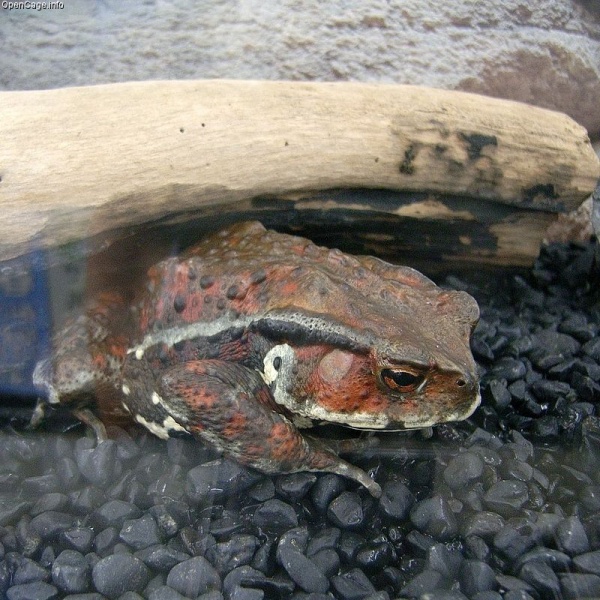Facts About Japanese Toad
The Japanese common toad, or Japanese toad, is a remarkable amphibian native to Japan. Belonging to the Bufonidae family, these toads inhabit a diverse range of environments, including subarctic and temperate forests, swamps, marshes, farmlands, gardens, cities, ponds, and even irrigated fields.
Adult Japanese common toads can grow up to about 17.5 cm in length, with females typically being slightly larger than males. They possess a distinctive appearance characterized by a triangular head, pointed snout, and elliptical eardrums. Their sturdy bodies and well-proportioned limbs are covered in small, warty bumps. The coloration of their skin can vary significantly.
These toads are native to several Japanese islands, including Honshu, Hokkaido, Kyushu, and Shikoku. They have also been introduced to Izu Ōshima and Hokkaido, where a subspecies known as Bufo japonicus formosus can be found. Primarily terrestrial, they feed on earthworms, ants, and other small arthropods. When winter arrives and temperatures drop below 6°C, they retreat underground to hibernate.
Spring marks the breeding season for these toads. They congregate in shallow water bodies to lay long strings of eggs, which become entangled in underwater plants. By June, the tadpoles metamorphose into young toads, ready to begin life on land.
Due to their adaptability and wide distribution, the population of the Japanese common toad remains stable. The International Union for Conservation of Nature (IUCN) has classified them as "Least Concern" indicating that they are not currently at risk of extinction.
